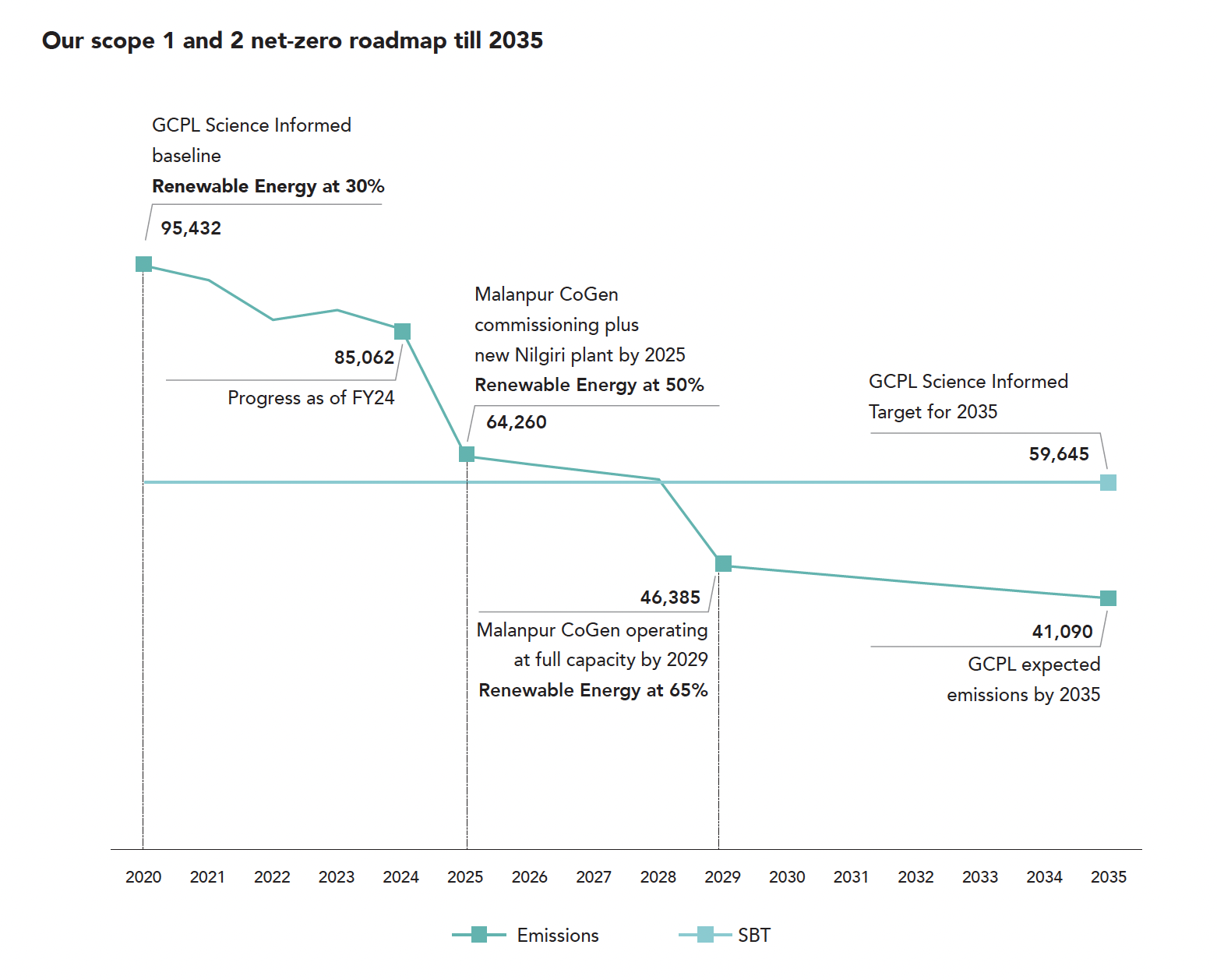2023 was warmest the year on record since 1850 serving as a stark reminder of the escalating climate crisis. Extreme weather events due to climate change continues to be one of the top global risks both in the short and the long-term. The effects of climate change are non-linear and exponential causing devastating impacts on countries in vulnerable regions. These effects can disrupt economies, displace populations, and lead to political instability.
In the face of these daunting realities there are challenges, but also opportunities to innovate, and to build a more resilient and sustainable world in which businesses, like ours, have a crucial role to play.
We are deeply committed to be a part of the solution. We understand the magnitude of the task at hand and are unwavering in our dedication to achieve our environmental goals. Our commitment is rooted in actions that are guided by our comprehensive climate change mitigation strategy, clear targets, and regular assessments of our progress and impacts.
To be prepared for a rapidly changing climate, setting clear and ambitious goals is not just a choice, but a necessity. We have done just that. Our targets are a reflection of our commitment to our planet and future generations. Our emission reduction targets that focus on our operations, products, value chain, and community.
Our climate change mitigation goals
Our progress so far
Our progress has been encouraging, but we continue to do better and push the boundaries of what is possible.
*From FY11 baseline

To materialise our path to net zero we have a two-fold strategy. First, we focus on emission reductions through our operations in line with the Science Based Targets initiative. We will achieve this by increasing our renewable energy portfolio and complement it by ensuring energy efficiency.
Second, we make up for the residual emissions by offsetting through our end-to-end implementation of projects that capture carbon. As the traceability and verifiability of the carbon offsets is often questioned, we work on ground with the communities on projects that serve a social cause while capturing carbon like our integrated watershed programmes.
We are working with communities in drought prone regions to rebuild water structures that capture water and carbon. We also work with them to practise sustainable agriculture that preserves the soil structure which captures carbon. This ensures end-to-end traceability and regular monitoring of the carbon captured and serves a social cause. With such investments in permanent carbon removal projects we’ve neutralized 15% of our emissions annually and captured over 9 million m3. It means for every litre of water we withdraw we capture 15 times more.
Effective climate governance is crucial to ensure that our commitment to the environment is a core part of our business strategy. Our Board of Directors and the management carry direct responsibility for the oversight and management of climate risks and opportunities.
Our Board ESG committee provides the highest level of governance. The committee meets at least twice a year to discuss ESG and climate change issues ensuring we are always moving forward in our sustainability journey. Our Sustainability and CSR Head, the highest c-suite level management executive, is responsible for managing climate change-related performance progress.
Renewable energy
We have increased our renewable energy portfolio by switching to biomass briquettes instead of furnace oil or diesel for majority of boilers. We have invested in captive solar at our premises and are also purchasing green power from third party PPAs and open access systems. We have also invested in a cogeneration plant at our largest manufacturing site in Malanpur which will significantly boost our renewable energy consumption.
Energy efficiency
Energy efficiency is at the heart of our operations. We invest in energy efficiency improvements by replacing old motors with energy efficient ones, installing variable frequency devices to optimise our energy and make process modifications to improve productive and reduce energy consumption. Installation of solar lights, LED lights, and motion sensor systems further help reduce our energy consumption.
Transport management system
Our responsibility extends to our entire value chain. immediate operations. Our transport management system plays a crucial role in our overall environmental impact. We are optimising our logistics and transportation to reduce our carbon footprint. This includes optimizing delivery routes to reduce mileage, and even exploring alternative, greener modes of transport and fuel-efficient vehicles. We work closely with our partners to ensure they align with our environmental standards. We have invested in a transport management system to improve route planning, vehicle loading, and delivery scheduling, further optimising travel and emissions.